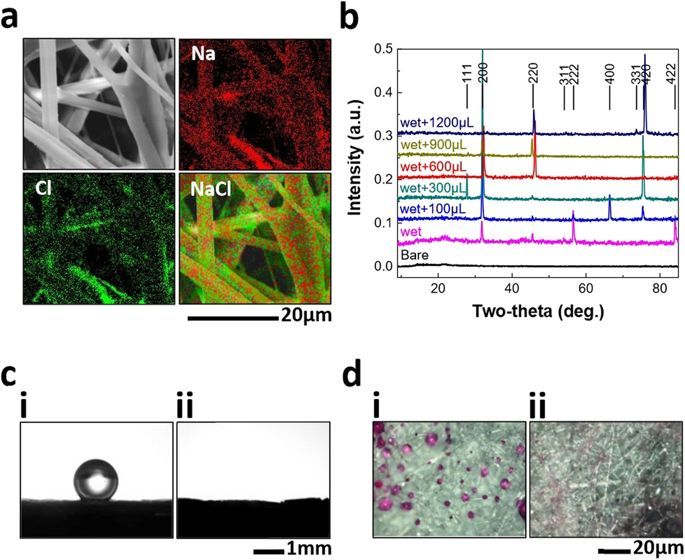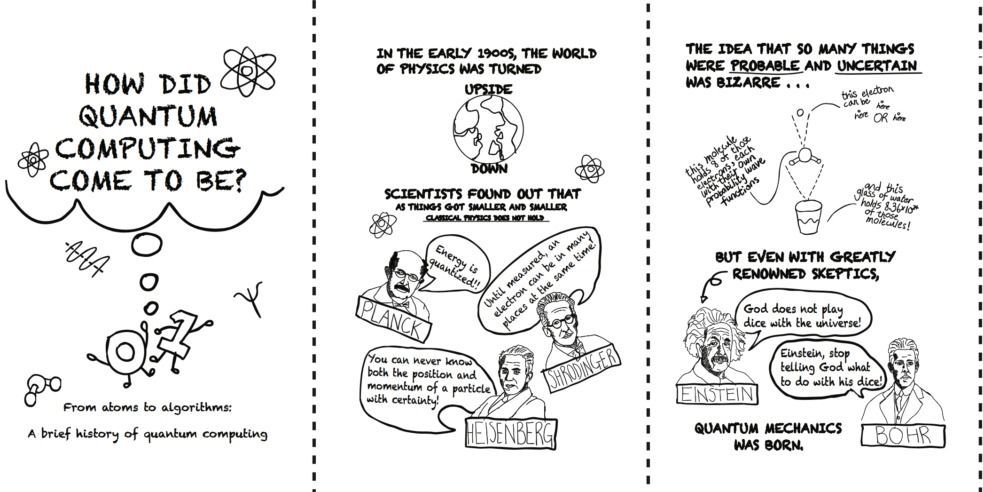Aerosolized pathogens are a leading cause of respiratory infection and transmission. Currently used protective measures pose potential risk of primary/secondary infection and transmission. Here, we report the development of a universal, reusable virus deactivation system by functionalization of the main fibrous filtration unit of surgical mask with sodium chloride salt. The salt coating on the fiber surface dissolves upon exposure to virus aerosols and recrystallizes during drying, destroying the pathogens.
- Article
- Open Access
- Published: 04 January 2017
- Fu-Shi Quan 1 na1, <li class=”” itemprop=“author” itemscope=“itemscope” itemtype=“http://schema.[/ul>.




